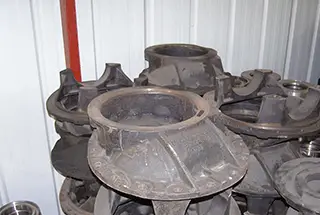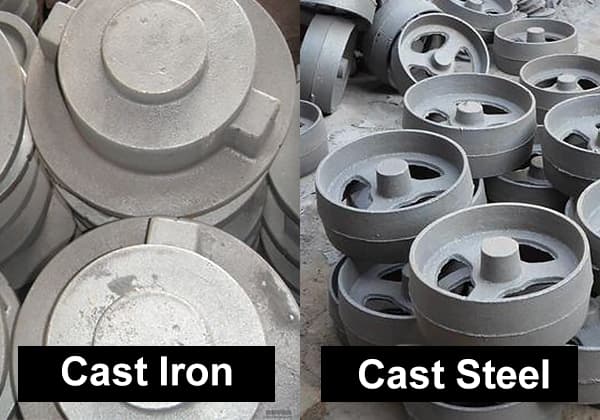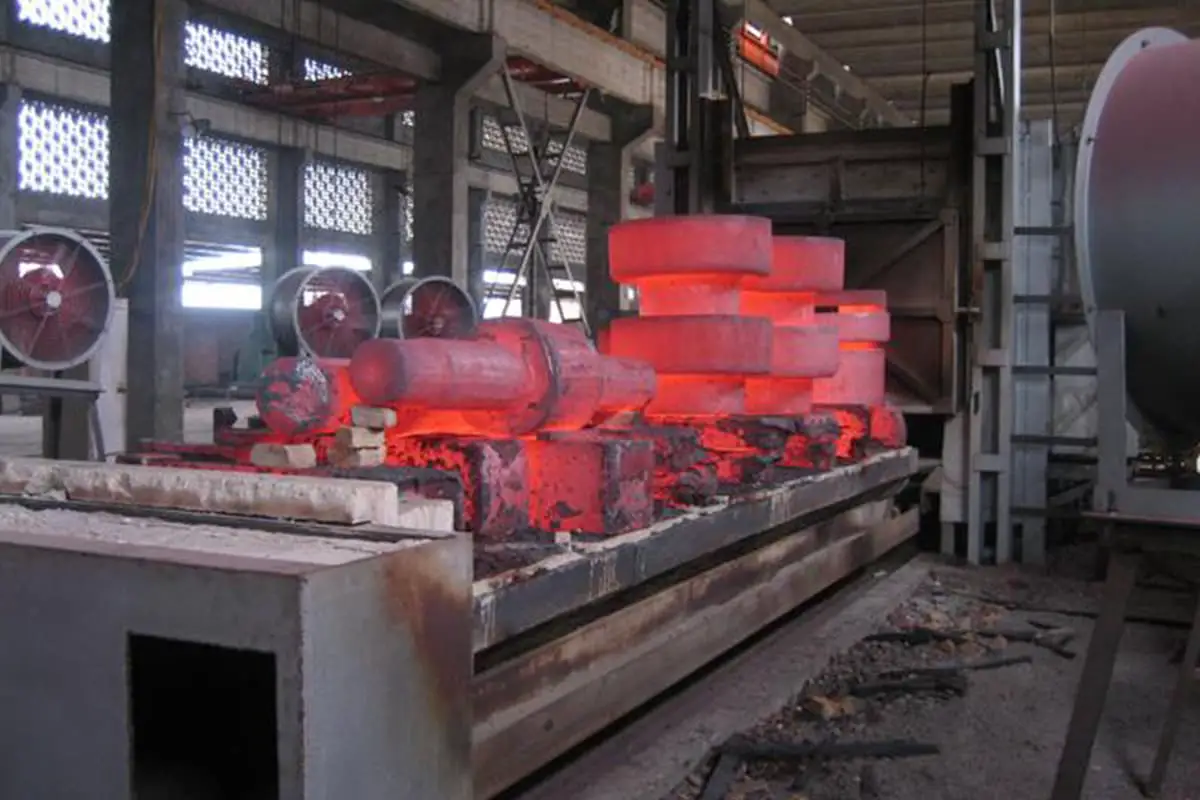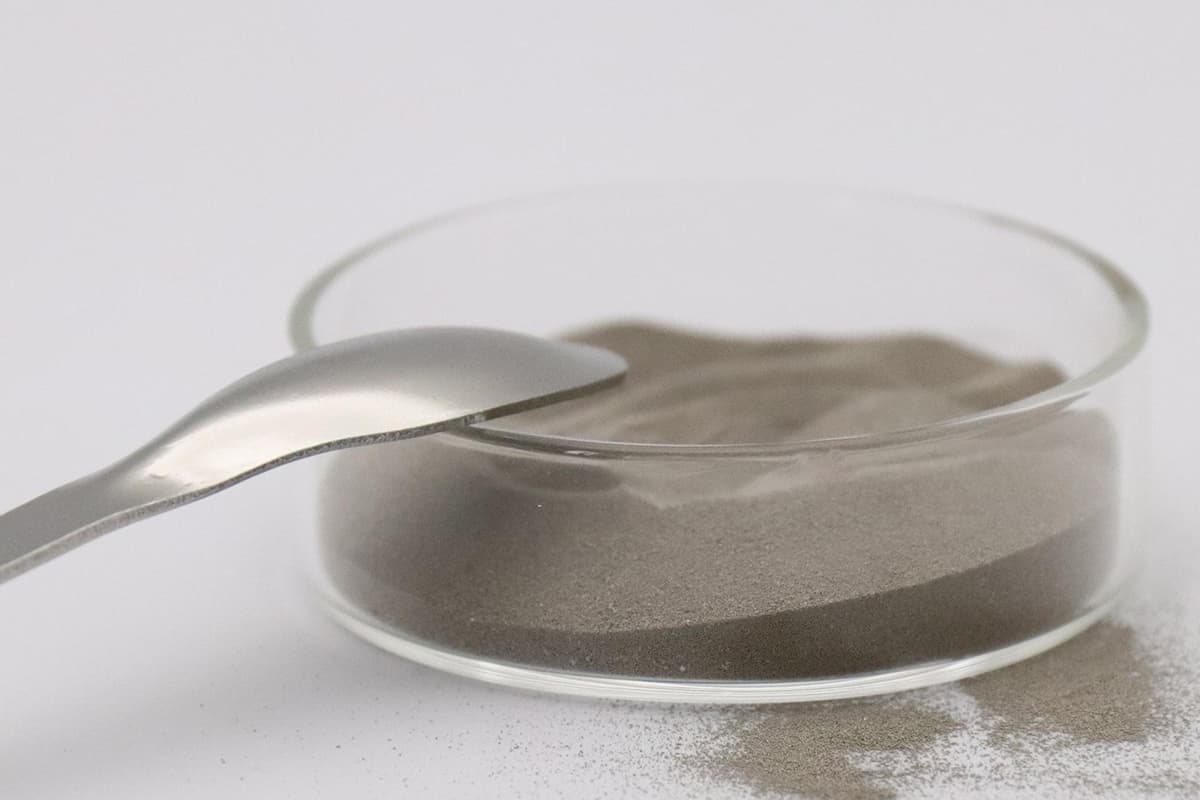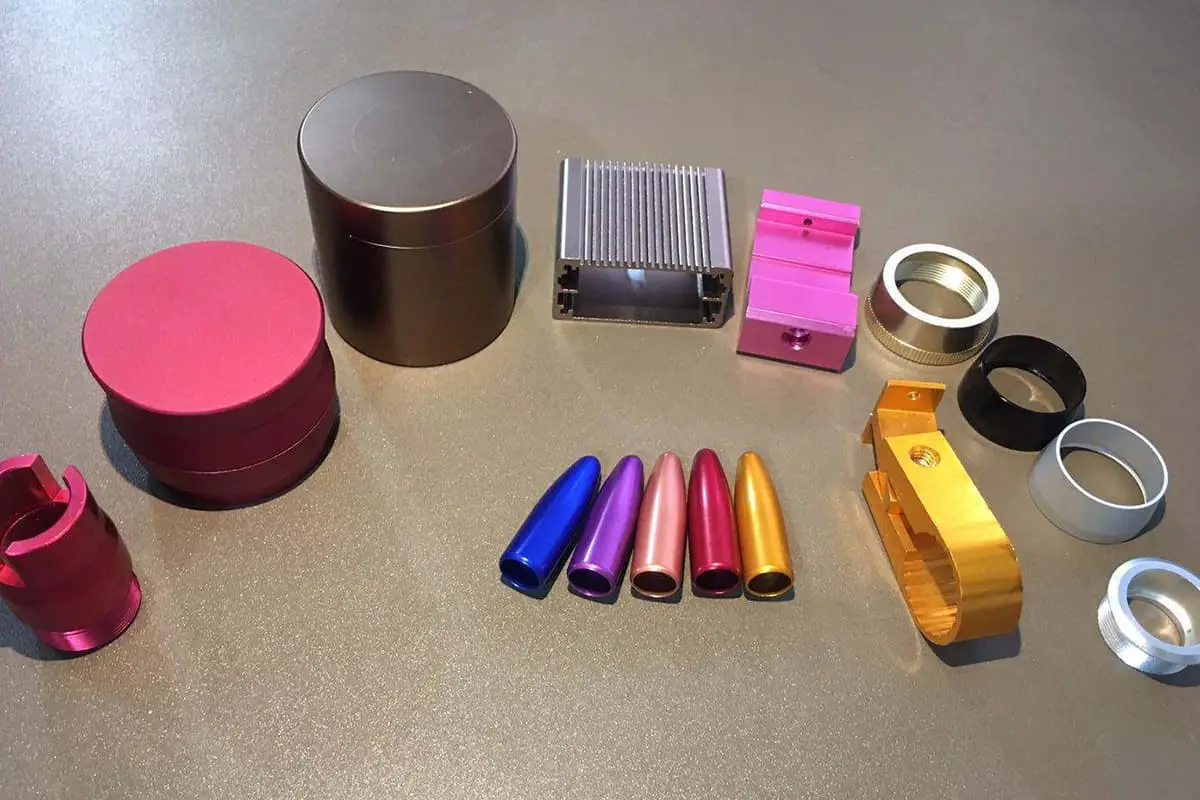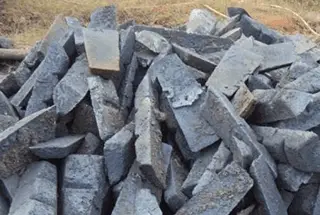
Are you torn between choosing a pig iron pot or a wrought iron pot for your kitchen? Each type has its distinct advantages and disadvantages. This article dives into the key differences, from heat transfer to maintenance and rust prevention. By the end, you’ll know which iron pot suits your cooking needs and lifestyle best.
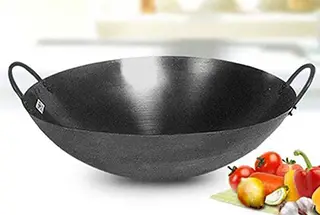
Many people prefer to cook using an iron pot, believing it to be a healthy option that can supplement their iron intake. While it is not confirmed whether cooking with an iron pot actually supplements iron, the benefits of using an iron pot are numerous, which is why it has a good reputation.
Today, we are not discussing the advantages of using an iron pot. Instead, we will focus on the differences between pig iron pots and wrought iron pots. Which one is a better option?
Iron can be categorized into two types: pig iron and wrought iron. The carbon content in wrought iron is decreased through various heating processes, resulting in increased hardness.
The difference between pig iron and wrought iron lies in their carbon content. Pig iron generally contains a higher amount of carbon, ranging from 2% to 4.3%, while wrought iron has a lower carbon content.
Pig iron is often referred to as cast iron and typically contains other elements such as silicon, manganese, sulfur, and phosphorus. It can be cast but not forged.
Pig iron can be divided into different types based on its carbon content, including steelmaking pig iron, casting pig iron, nodular cast iron, and alloy pig iron. Alloy pig iron contains elements such as silicon, manganese, nickel, or other elements and is commonly used as a raw material in steelmaking.
The addition of alloy pig iron during steelmaking can enhance the properties of steel.
Steelmaking pig iron
The carbon in pig iron used for steel-making primarily exists in the form of iron carbide, resulting in a white section known as white iron.
This type of pig iron is typically hard and brittle, and therefore commonly used as a raw material in steelmaking processes.
Cast pig iron
Cast pig iron possesses excellent cutting, wear-resistant, and casting properties, thanks to the presence of soft graphite and lubrication.
Nevertheless, its positional strength is inadequate, which makes it unsuitable for forging and rolling. Consequently, it is primarily used for producing various types of castings.
Nodular cast iron
Nodular cast iron contains carbon in the form of spherical graphite, which gives it exceptional casting, cutting, elasticity, and wear resistance properties. This material is extensively used in the production of high-quality castings, including crankshafts, gears, pistons, and various mechanical components.
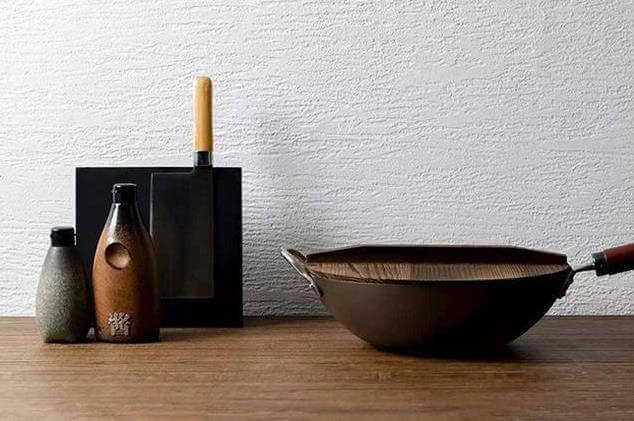
Iron pots are typically made of pig iron and do not contain any other chemicals. They are currently considered to be the safest kitchenware available.
During cooking, the iron pot does not dissolve or shed any particles, and any iron that may be released is beneficial for the body to absorb.
Iron pots are primarily classified into two categories based on the material used: refined iron pots and cast iron pots. Cast iron pots are commonly referred to as pig iron pots.
Moreover, based on the type of lid used, iron pans can be classified into uncovered, glass-covered, and stainless steel-covered iron pans.
Advantages of pig iron pot:
The heat transfer is consistent. Once the fire temperature reaches 200℃, the pig iron pot will regulate the temperature transmitted to the food at 230℃ by emitting a specific amount of heat energy.
Disadvantages:
Slow heat transfer, thick pot ring, rough grain and easy to crack
Advantages of refined iron pot:
It is made of refined iron, with less impurities, thin pot ring, high temperature in the pot, fast heat transfer, easy cleaning and exquisite appearance.
Disadvantages:
Pass the temperature of the fire directly to the food.
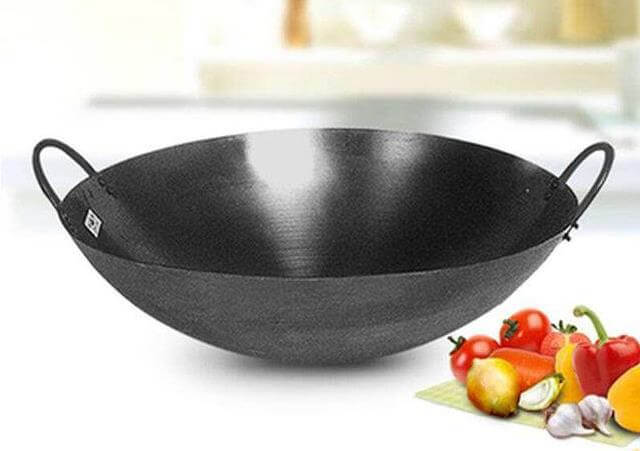
Wrought iron exhibits excellent ductility and high toughness, allowing for relatively thin pots to be forged. Additionally, wrought iron pots possess fast heat transfer capabilities, whereas pig iron pots tend to be relatively brittle. It is worth noting that pig iron pots cannot be produced through casting methods. Despite this, pig iron pots do not possess faster heat transfer capabilities than wrought iron pots.
Thus, based on these factors, it can be concluded that wrought iron pots are superior to pig iron pots.
A raw iron pot is somewhat easier to maintain compared to a wrought iron pot. If used frequently, a pig iron pot will not rust easily as long as the detergent is not overused, the oil film on the surface is thoroughly washed, and it is cleaned promptly after cooking.
On the other hand, a wrought iron pot needs to be washed and dried after use or coated with an oil film; otherwise, it is prone to rust.
The rate of heat transfer in a pig iron pan is typically slower than that of a wrought iron pan, but the rate of heat dissipation is higher. This means that when frying food, a pig iron pan is less likely to cause food to stick than a wrought iron pan, and the oil temperature is less likely to become too high.
If the oil temperature is too high, it can cause the food to become overcooked and burnt. Therefore, a pig iron pan may be a better choice for frying food since it can help prevent the food from sticking and allow for better control of the oil temperature.
The surface of a pig iron pot is not very smooth and may contain small cracks. However, when food is fried in it for a long time, a layer of carbide film and oil film can form on the surface, which helps to regulate the temperature of the oil and prevent rusting.
In contrast, the surface of a wrought iron pot is usually smoother. It is generally more difficult for pot scale to form on the surface unless food is fried for an extended period of time.
The surface of a pig iron pot is not very smooth and may contain small cracks. However, when food is fried in it for a long time, a layer of carbide film and oil film can form on the surface, which helps to regulate the temperature of the oil and prevent rusting.
In contrast, the surface of a wrought iron pot is usually smoother. It is generally more difficult for pot scale to form on the surface unless food is fried for an extended period of time.
Please check if the surface of the pot is smooth, but keep in mind that it cannot be as smooth as a mirror due to the casting process. Iron pots have irregular shallow lines due to this process.
Iron pots with defects and small bulges usually don’t have a significant impact on the quality, but small pits can have a severe impact on the quality of the pot. Therefore, it is essential to pay attention to these factors while purchasing an iron pot.
A pot with uneven thickness is not considered good. While purchasing a pot, you can turn the bottom of the pot upside down, hold the concave center of the pot with your fingers, and knock it with a hard object. The louder the sound of the pot and the greater the hand vibration, the better the quality of the pot.
Moreover, a pot with rust spots does not necessarily indicate poor quality. Rust spots on a pot can indicate a long storage time, causing the internal structure of the pot to become more stable. As a result, it may not crack easily when used for the first time.
The use of iron pots from reputable brand manufacturers is guaranteed.
Friends who have been homemakers for a long time have experience in purchasing pots and cooking tools. If they buy iron pots from physical stores, they can choose suitable ones based on their purchasing skills.
However, for those who prefer online shopping, it is essential to select iron pots from reputable brands because they cannot verify the advantages and disadvantages of the pots in person.
The choice between a pig iron pot or an iron pot depends on individual needs. There is no perfect pot. Only the pot that perfectly fits the specific needs can be chosen.

